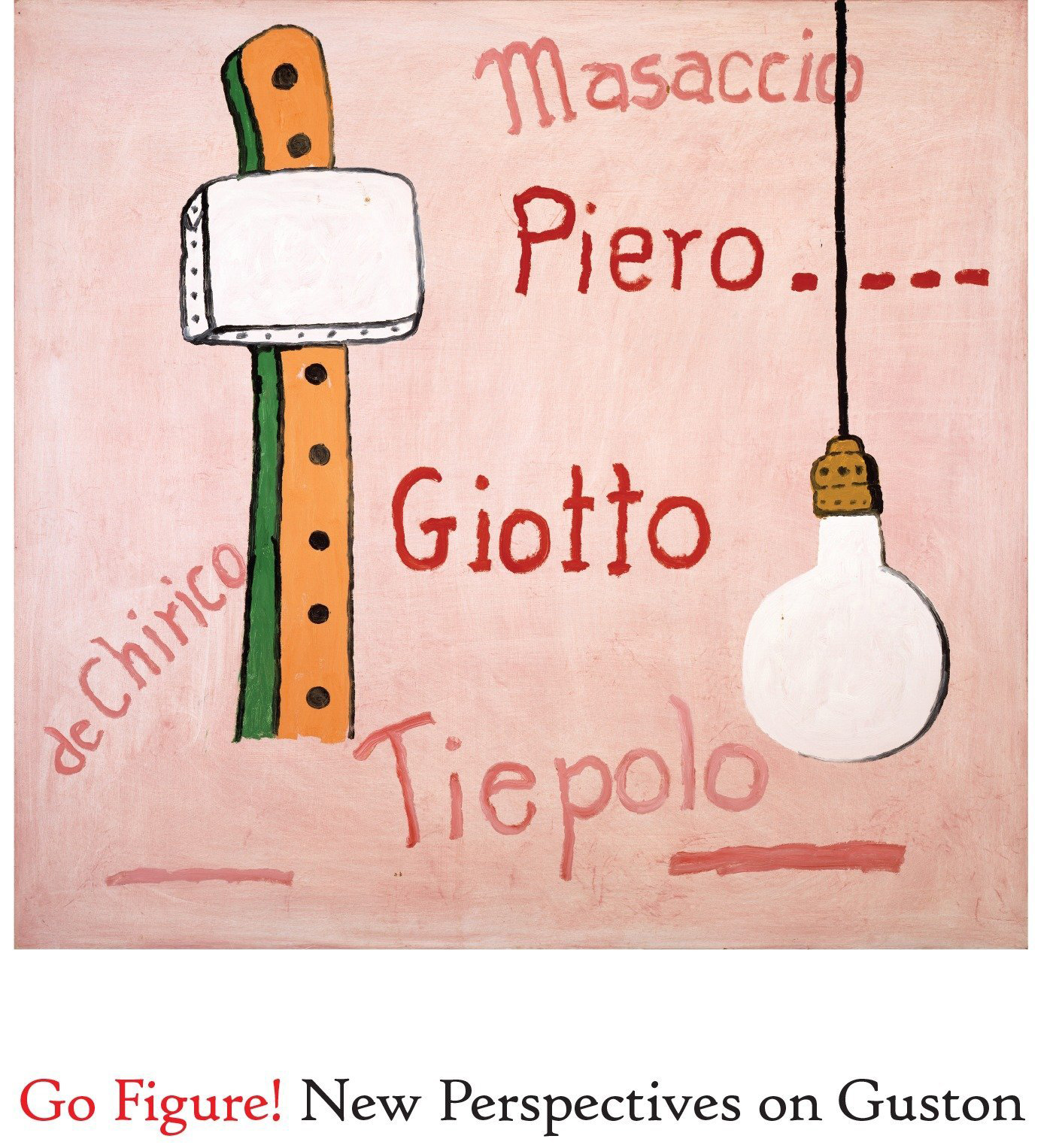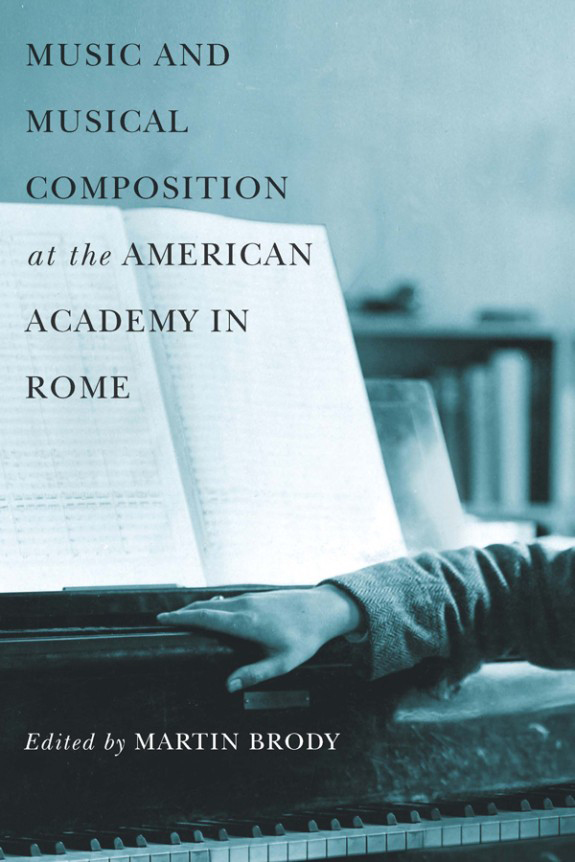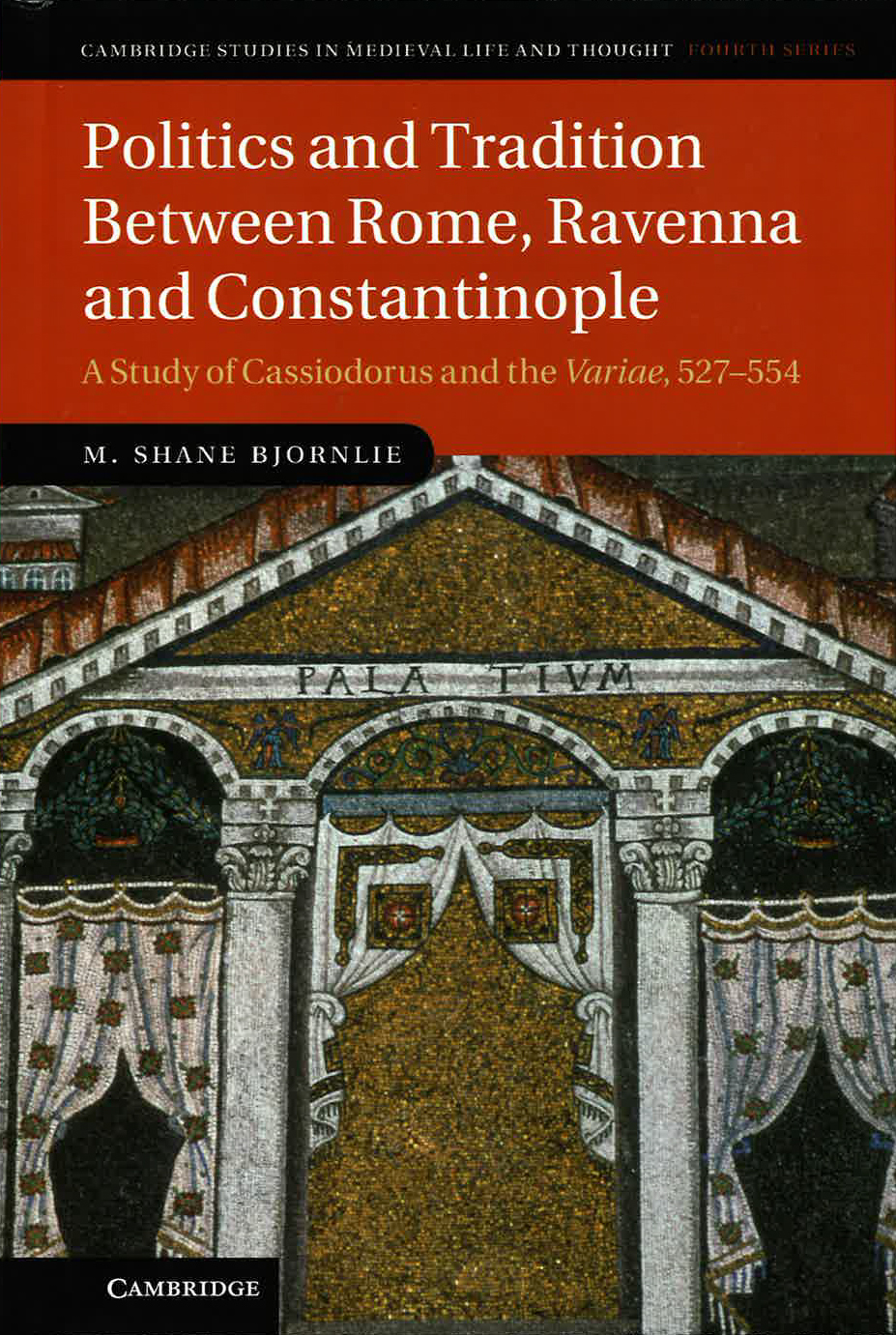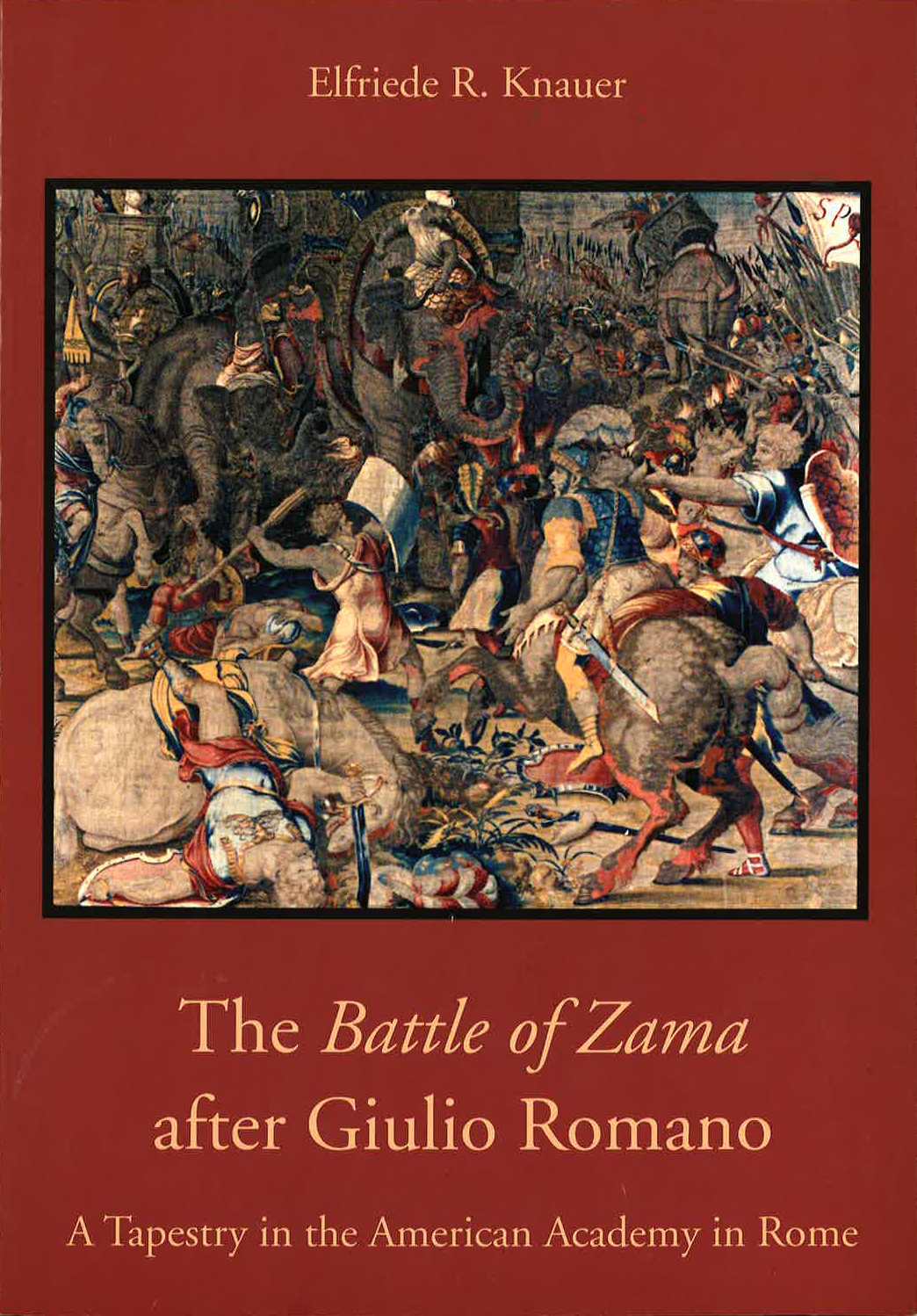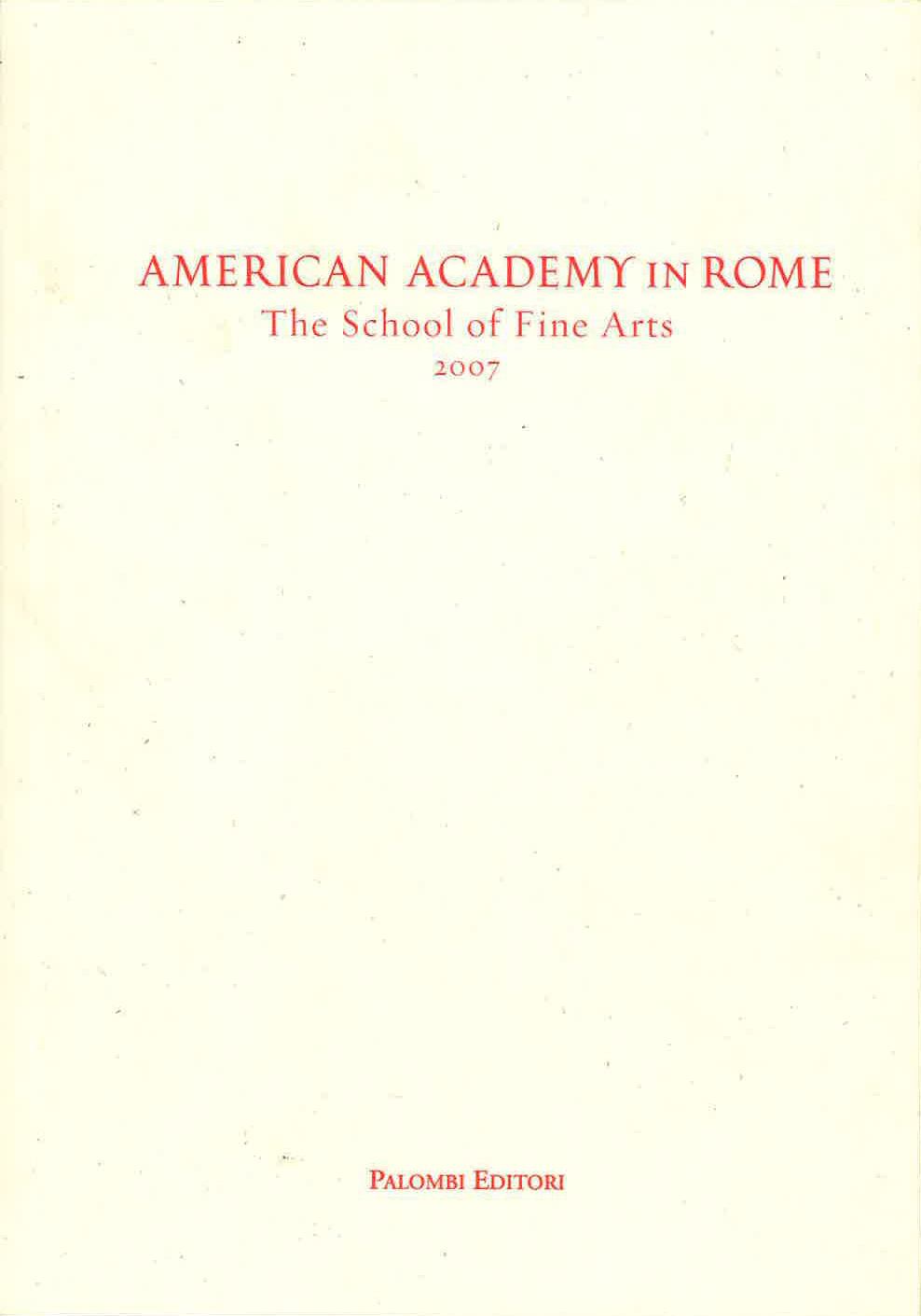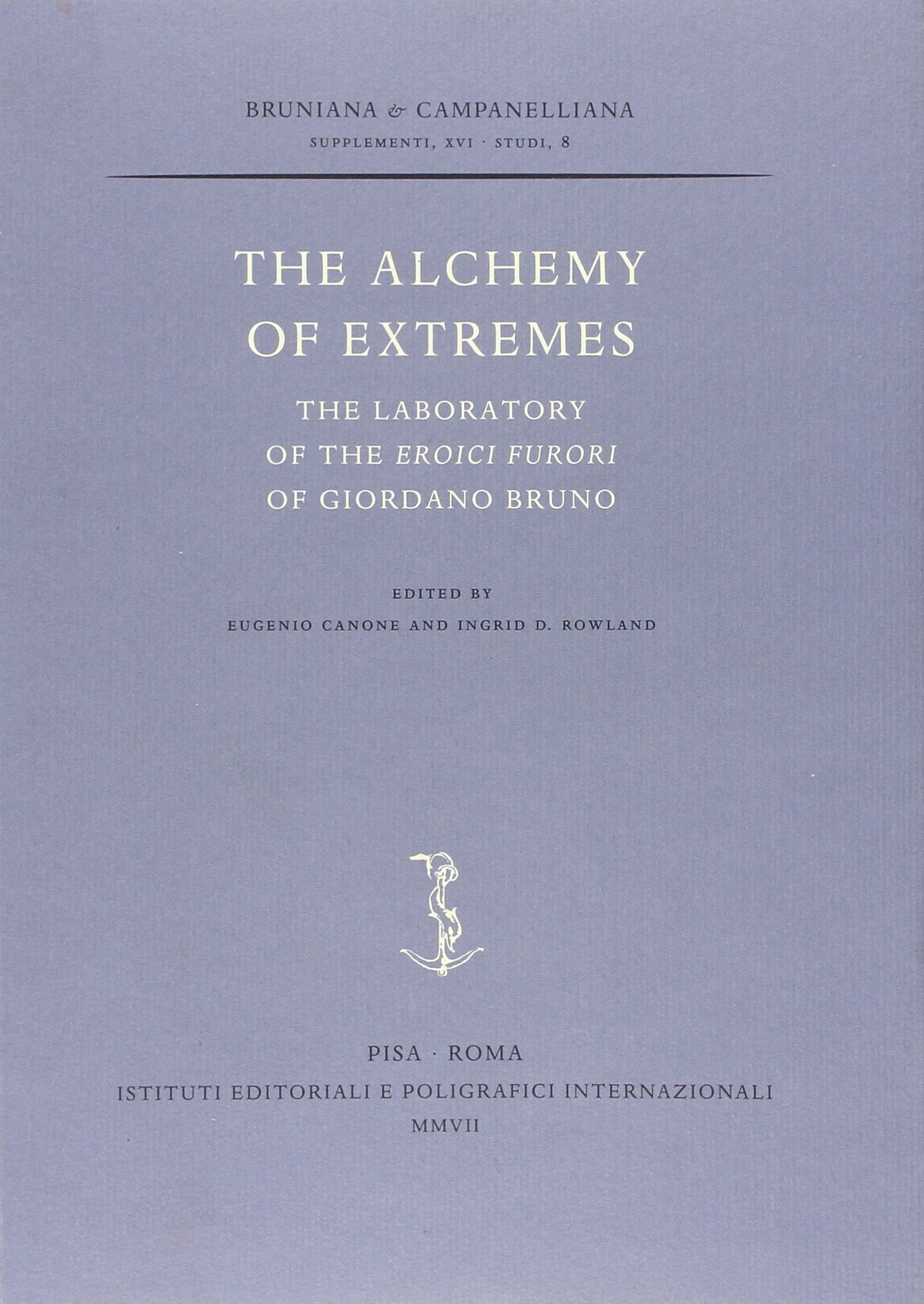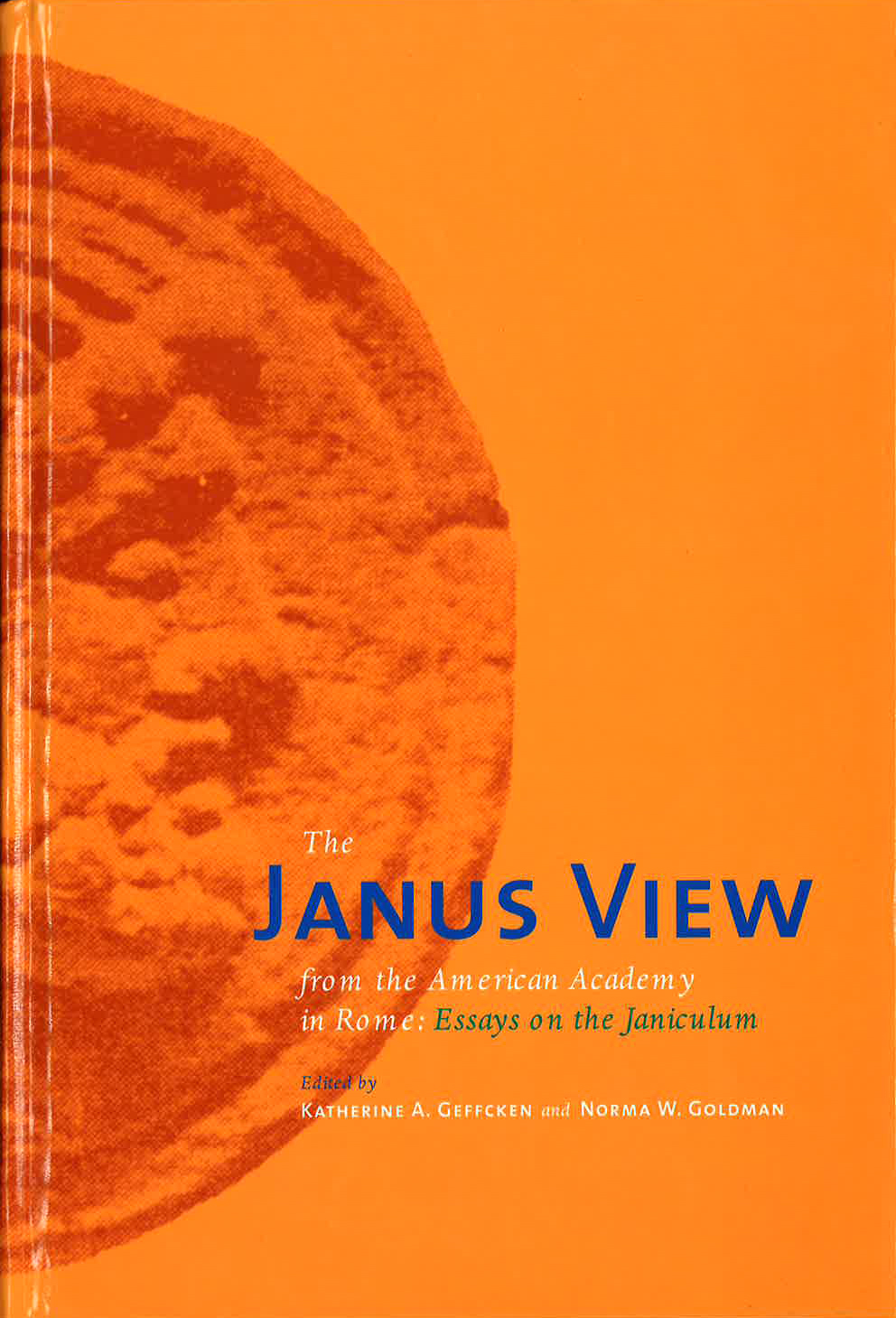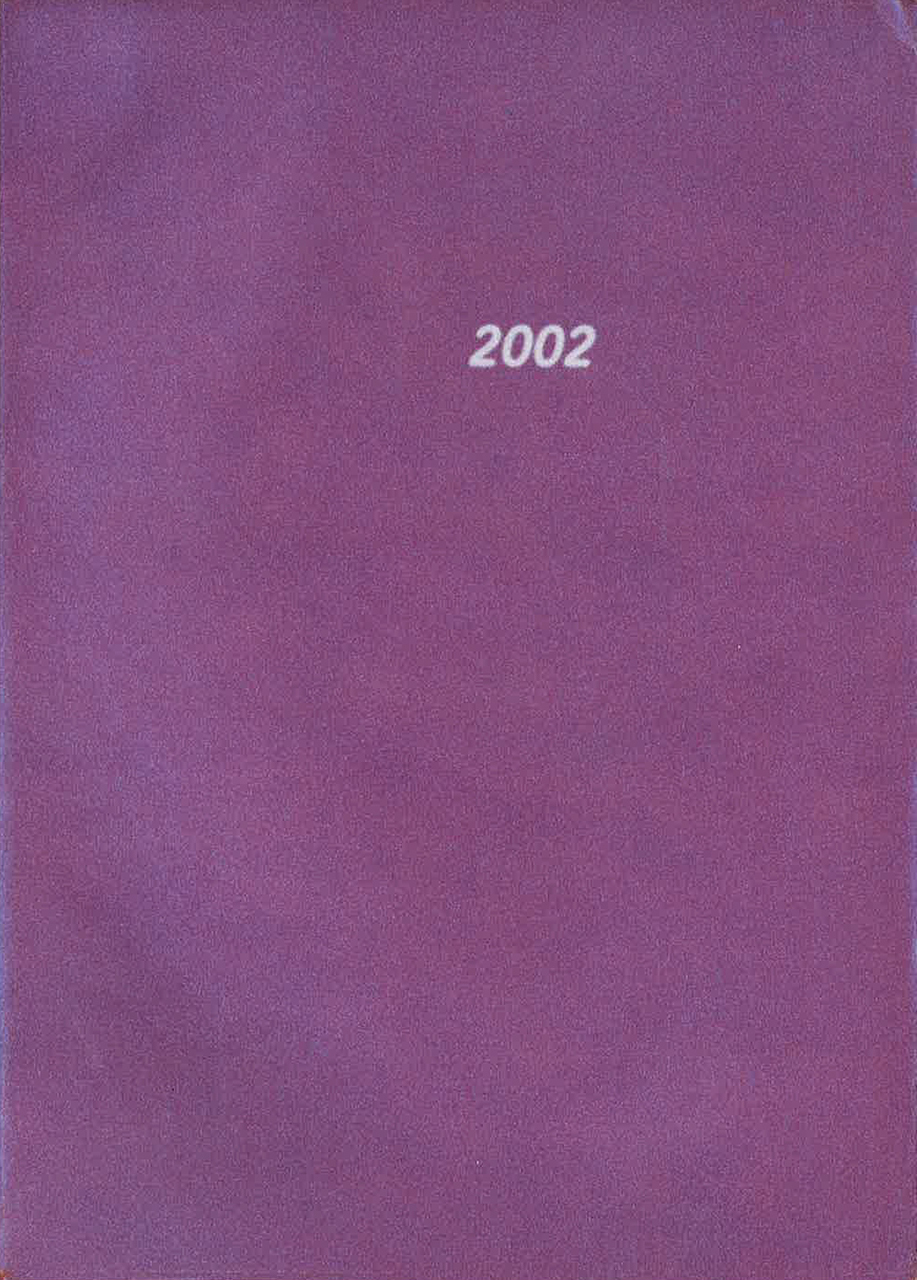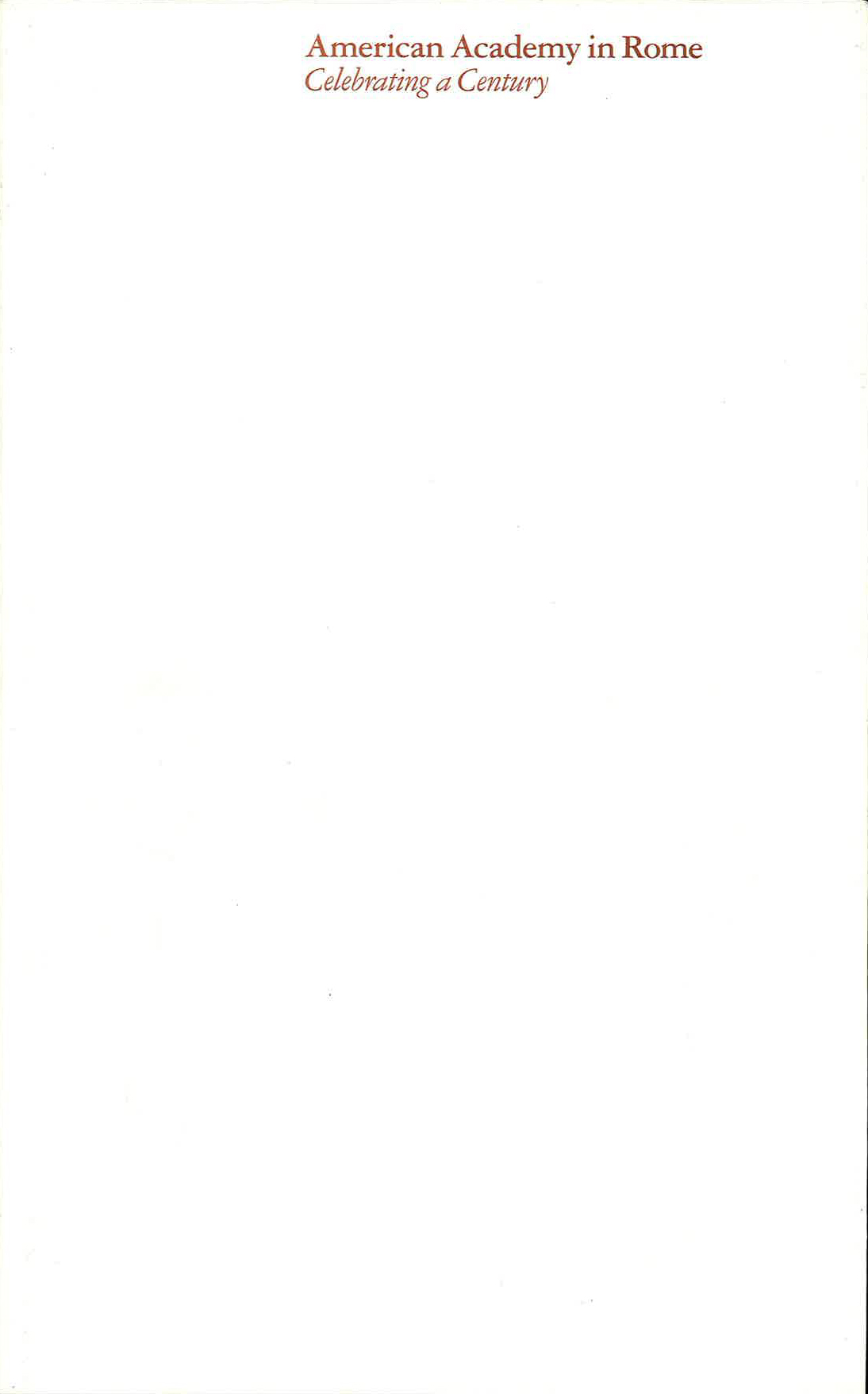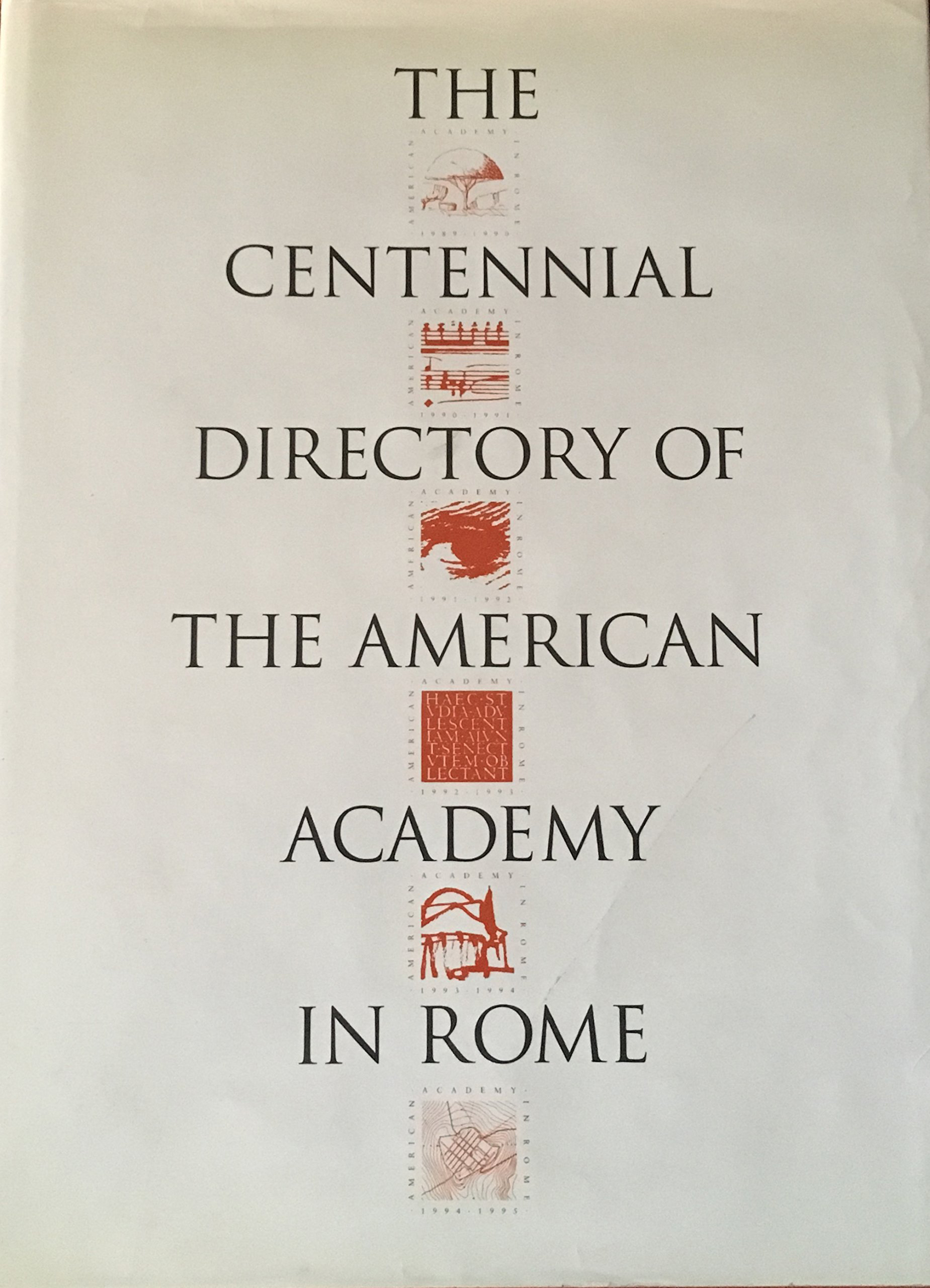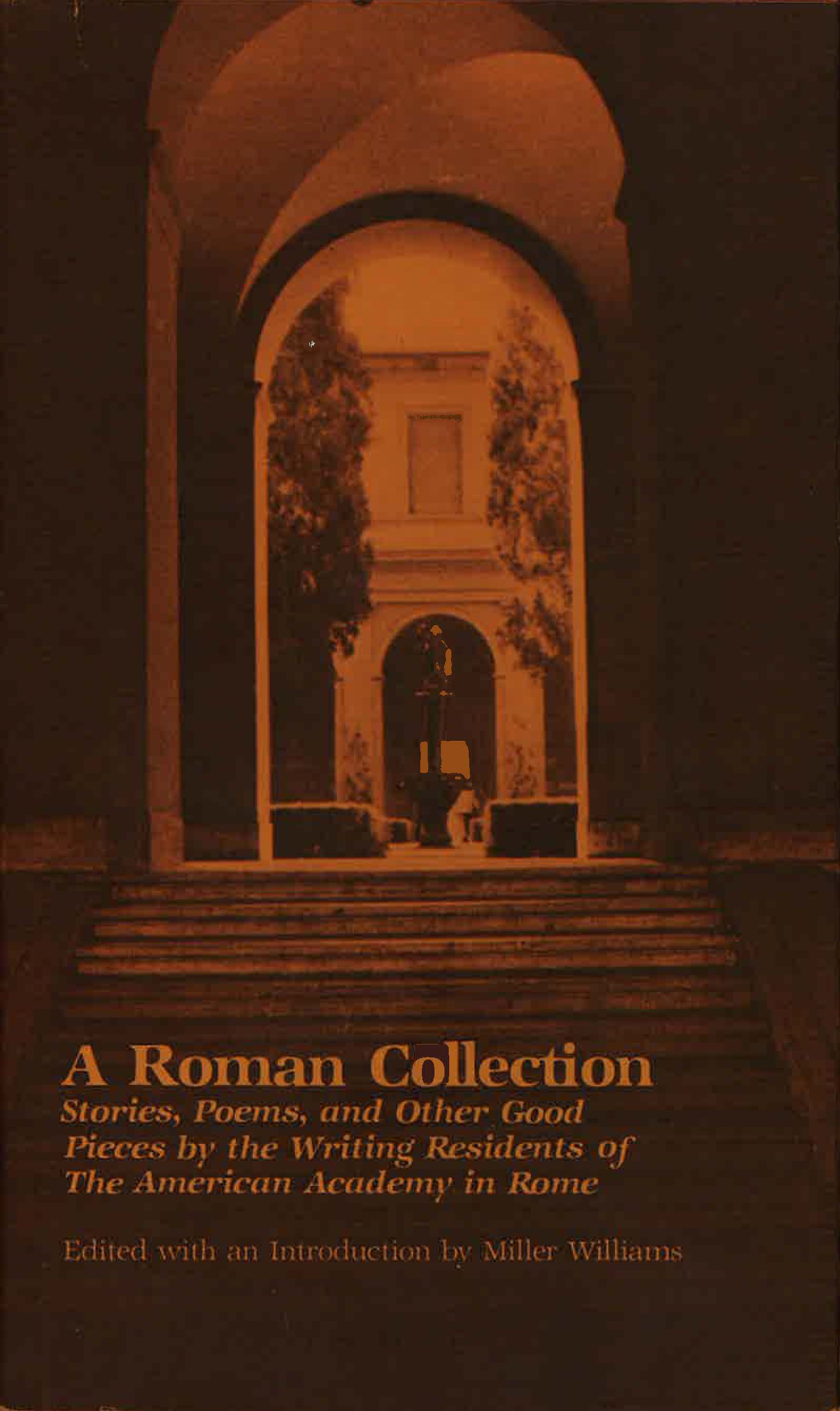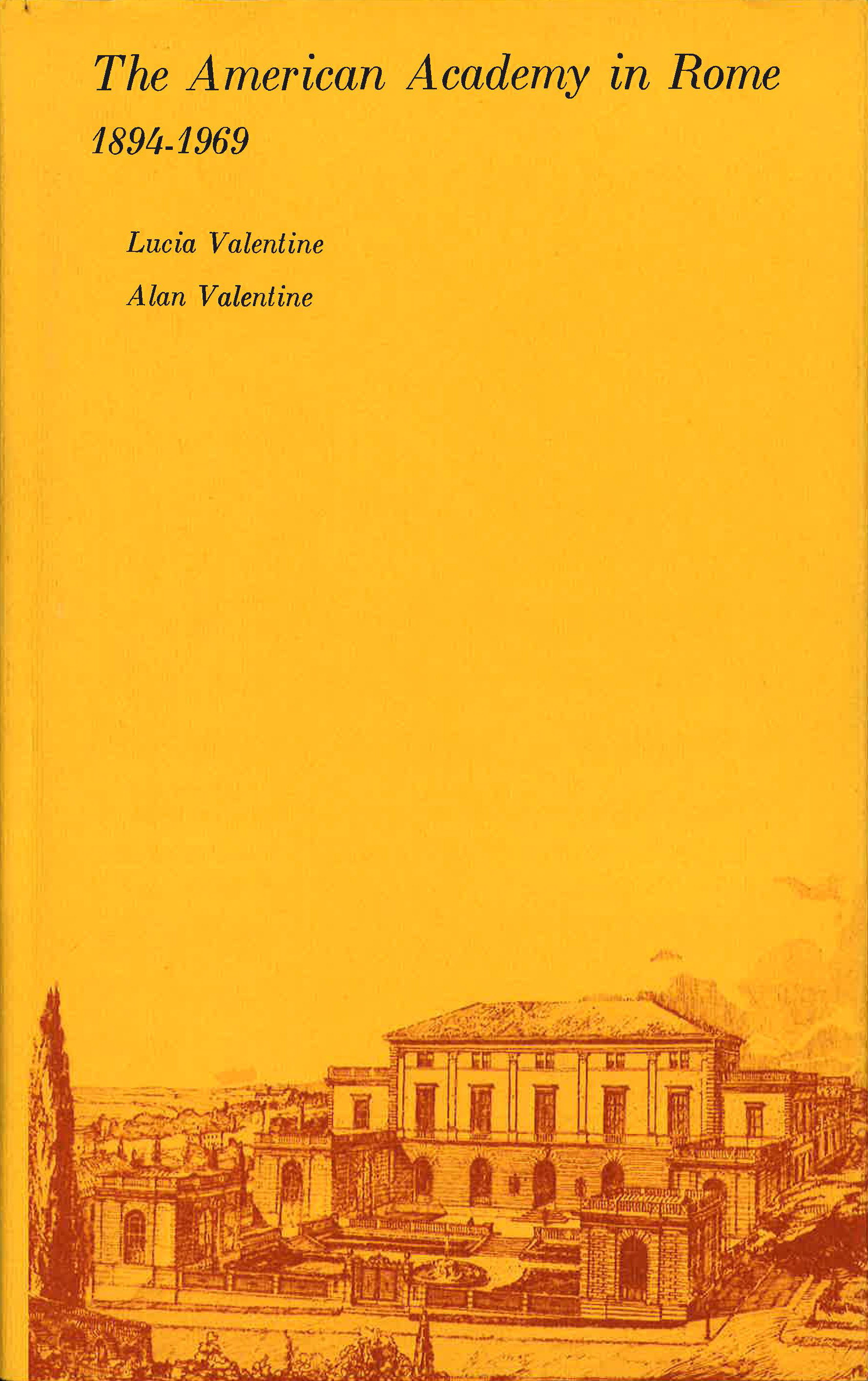
Women & Ruins Archaeology, Photography and Landscape
Women & Ruins tells a forgotten yet necessary story: that of courageous, scholarly, and visionary women who, in the early twentieth century, used the camera to create a new way of seeing antiquity and a transforming Italy.
The volume accompanies the exhibition at the American Academy in Rome (through November 9, 2025), bringing back to light the voices and gazes of figures such as Esther Van Deman, Gertrude Bell, the Bulwer sisters, and Maria Ponti Pasolini—pioneers who were not allowed to dig, but who could see. And it was precisely through the lens that they captured not only the great monuments of archaeology but also the invisible remains, the everyday lives, the marginal details: bricks, gestures, people, landscapes.
Between exploration and documentation, excavation and gaze, these photographs reveal an archive of extraordinary sensitivity, questioning the relationship between memory and modernity, between gender and knowledge. Women & Ruins is a tribute to a perspective at once lateral and radical, and an invitation to rewrite—also visually—the history of ruins and of those who told their stories.
